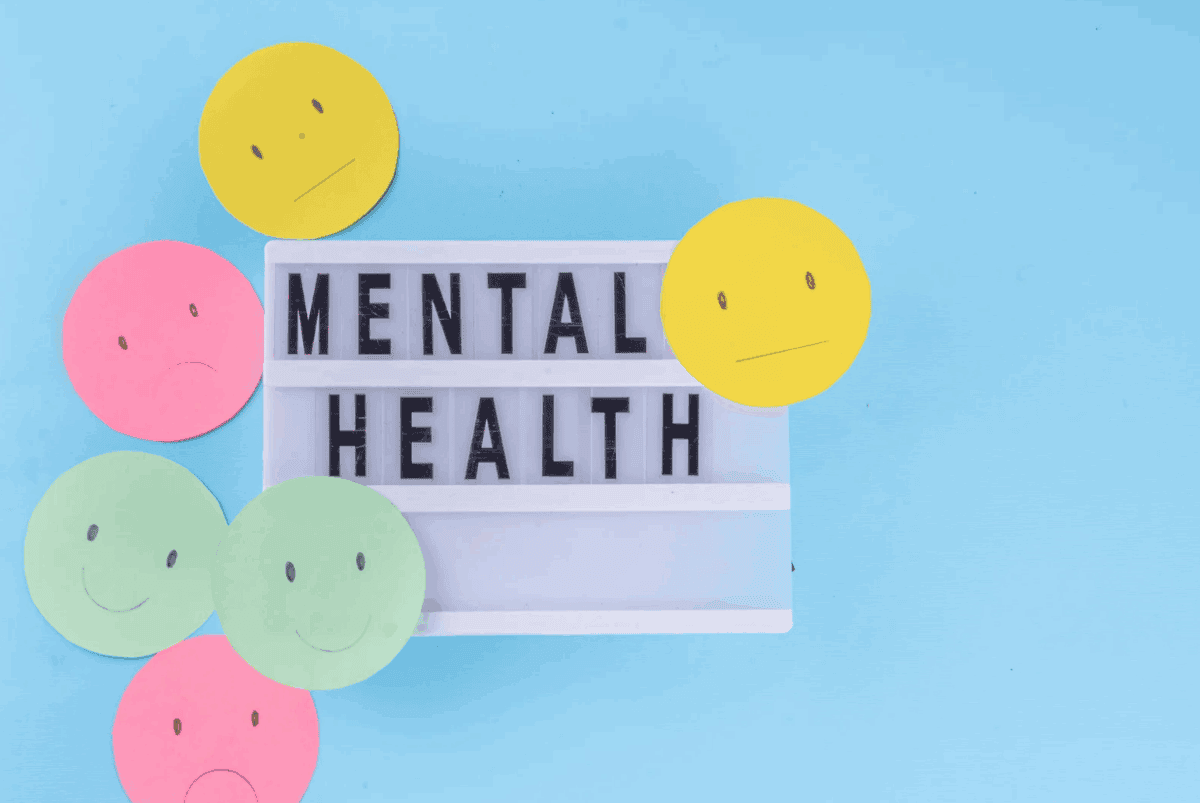Personal injury discussions usually focus on physical harm such as broken bones and the need for surgeries and rehabilitation. Recovery from personal injury involves a hidden aspect which remains largely undetected and untreated.
Personal injury victims face psychological damage that rivals the severity of their physical injuries. A substantial number of victims experience enduring emotional trauma even after their physical injuries have fully healed.
The experience goes beyond immediate pain and suffering. The trauma transforms your life trajectory in lasting ways.

What you’ll discover:
- The Hidden Psychological Impact of Injuries
- Common Emotional Responses to Trauma
- When Emotional Distress Becomes Clinical
- Recovery Strategies for Emotional Healing
- Legal Considerations for Psychological Damages
The Hidden Psychological Impact of Injuries
Personal injuries affect your physical health while simultaneously destroying your ability to feel safe and maintain control over your world. You’re living your routine life and then suddenly everything shifts.
The unexpected disruption causes a series of emotional and psychological reactions which many people find themselves unprepared to handle.
Personal injury cases extend beyond obtaining monetary compensation for medical expenses and lost income. Working with an experienced Riverside personal injury lawyer helps victims address the full scope of their damages, including the psychological effects that can significantly impact quality of life.
These hidden impacts include:
- People experience a loss of identity when they can’t perform essential activities that formed their self-image like their job roles or caring activities.
- Family relationships become strained when the demand for support grows and traditional family roles evolve.
- The financial concerns stemming from medical expenses and loss of income alongside the uncertainty of future earnings create financial stress.
- The lack of ability to find joy in familiar activities leads to diminished quality of life.
Research shows that post-traumatic stress disorder symptoms emerge in nearly 30% of people who endure non-catastrophic accidents whereas more than 50% of those who suffer serious injuries develop significant depression afterward. The primary focus on physical healing means many victims miss out on essential psychological support after their injuries.
Psychological trauma remains invisible which causes it to be frequently neglected when developing treatment plans. Ignoring psychological needs in treatment plans can prolong patient recovery durations and produce poorer long-term results for individuals who have suffered injuries.
Common Emotional Responses to Trauma
During the psychological healing process from personal injury most individuals experience multiple emotional stages. Recognizing these typical emotional reactions helps people understand their experiences better while offering guidance for their journey to recovery.
These emotional responses serve as components of the body’s natural healing process. The mind contains processes to work through traumatic experiences similar to how the body repairs physical injuries. Emotional recovery processes lack the straightforward visibility and direct progression that physical healing exhibits.
The emotional journey typically includes:
- Shock and denial: Many victims first react to trauma with feelings of numbness and disbelief about their experience. The mind uses this process to shield itself from intense emotional distress.
- Anger and resentment: When people begin to accept reality they often develop feelings of unfairness and blame. The feelings of anger and resentment may focus on the responsible individual while sometimes targeting medical professionals or family members too.
- Bargaining: During this stage individuals repeatedly think about alternative actions they could have taken to prevent the injury from happening.
- Depression: During the realization of their long-term health outcomes many injury victims develop deep sadness and lose motivation while feeling hopeless.
- Anxiety: Most people experience great fear about the future along with constant worries about their recovery process and significant anxiety about the possibility of getting hurt again.
Here’s the thing most people don’t realize…
These responses aren’t signs of weakness. Recognizing these typical human responses to trauma represents an important initial step toward recovery.
When Emotional Distress Becomes Clinical
Emotional reactions to physical injury are standard but can progress into clinical conditions that necessitate professional intervention. Studies indicate that one out of five personal injury victims will be diagnosed with major depressive disorder in the year following their accident while up to twenty-five percent show PTSD symptoms.
People who sustain personal injuries most frequently develop these psychological disorders:
- Post-Traumatic Stress Disorder (PTSD) manifests through recurring flashbacks and nightmares together with intense anxiety.
- Major Depressive Disorder manifests through ongoing sadness and a diminished interest in activities.
- Anxiety disorders incorporate panic disorder along with phobias which frequently manifest as fear toward situations that resemble the accident.
But here’s what you need to know…
Several elements determine the development of these conditions beyond the injury severity. Additional factors that affect the development of these conditions include existing mental health issues and trauma history along with the level of social support and access to medical care.
Clinical emotional distress manifests through symptoms like ongoing sadness for more than two weeks together with social withdrawal and changes to sleep or eating patterns.
Anyone experiencing these symptoms after an injury should get professional help right away.

Recovery Strategies for Emotional Healing
To heal psychologically from personal injury requires various interconnected approaches. The process of emotional healing requires the same level of effort and professional guidance as physical rehabilitation does.
Effective strategies for emotional recovery include:
- Professional therapy: Cognitive-behavioral therapy demonstrates notable effectiveness when treating conditions that arise from traumatic experiences.
- Support groups: Sharing experiences with people who have endured similar traumas helps alleviate sensations of being alone.
- Mindfulness and physical activity: Meditation and proper exercise techniques function as effective tools for anxiety management and mood enhancement.
The nature of emotional recovery demonstrates that progress doesn’t follow a straight path. Your recovery process will include both positive and negative days. The focus should not be on becoming your pre-injury self but rather on discovering a new normal way of living.
Legal Considerations for Psychological Damages
The impact of personal injury on mental health extends beyond medical issues and becomes a part of legal claims for compensation.
Many individuals who suffer injuries fail to recognize their eligibility for compensation related to emotional distress in addition to physical injuries. “Non-economic” damages cover pain and suffering along with emotional distress and loss of life enjoyment.
To document psychological damages, victims need professional medical records for diagnosis and mental health professional testimonies showing evidence of how emotional impacts influence their daily life activities.
But here’s something important to understand…
Insurance companies frequently diminish psychological effects by stating they are overstated or not connected to the incident. Personal injury victims need experienced legal representation to navigate the complexities of their case.
Rebuilding Your Life After Injury
Personal injury victims face significant challenges while trying to heal from both physical and mental health effects. The recovery path demands both patience and support along with professional guidance to aid in healing.
People who experience post-traumatic growth report an increased appreciation for life together with improved personal relationships and stronger inner strength.
Recovery requires the recognition that previous events remain unchanged yet your reactions towards these events can be redefined. It involves developing strategies to overcome obstacles while continuing to progress.
Walking the Path Forward
For victims and their families as well as their professional supporters understanding the psychological effects of personal injury is essential. Recognizing emotional trauma together with physical harm enables us to establish an environment for complete recovery.
If you are facing personal injury consequences or if someone you care about is going through these difficulties:
- Don’t minimize the emotional impact
- Seek professional help when needed
- Connect with others who understand
- Be patient with the recovery process
Recovery will likely take more time than anticipated yet with appropriate support individuals can achieve a meaningful existence following their injury. Physical and emotional scars might persist but your future remains yours to define.
Recognize that healing occurs through daily progress and celebrate every small step forward as a triumph.



























